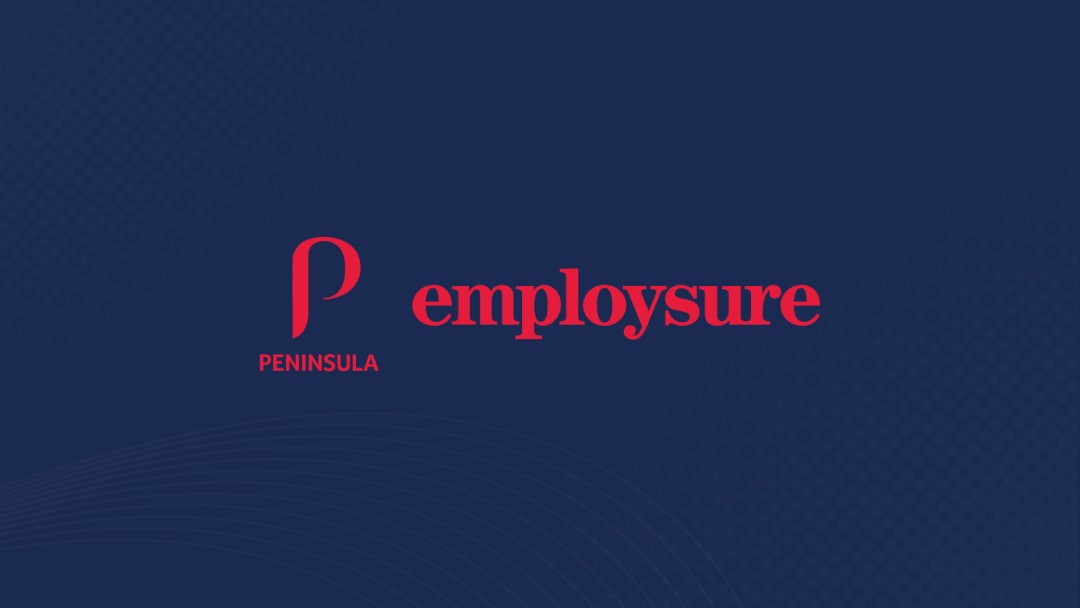
What are psychosocial hazards?
Psychosocial hazards are factors in the design or management of work that increase the risk of work-related stress. If left unaddressed, psychosocial hazards can lead to employees suffering psychological or physical harm.
Australian employers have a legal obligation to manage psychosocial hazards in the workplace. This involves identifying and assessing the risks, and then eliminating or minimising them as far as is reasonably practicable.
Staff also have a duty to take care of themselves and reduce the impact of psychosocial hazards. Together, employers and employees can create a healthy and safe work environment.
Examples of workplace psychosocial hazards
Psychosocial hazards in the workplace can take many forms, with some being more obvious than others. They can include:
Job demands: This includes the amount of work that is required, the deadlines that need to be met, and the level of responsibility that is involved.
Low job control: This means that workers have little say in how they do their work or how their work is organised.
Poor support: This includes a lack of support from supervisors, colleagues, or family and friends.
Lack of clarity: This means that workers are not clear about what is expected of them in their role or what needs to be done when completing specific tasks.
Poor change management: This includes a lack of planning and communication about organisational changes, which can lead to uncertainty and anxiety among workers.
Inadequate reward and recognition: This means that workers do not feel that their work is valued or that they are being adequately rewarded for their efforts.
Lack of organisational justice: This means that workers feel that they are being treated unfairly, such as when they are not given the same opportunities as their colleagues or when coworkers are not held accountable for their mistakes.
Traumatic events or materials: This includes exposure to violence, accidents, or other traumatic events, as well as exposure to disturbing or upsetting materials.
Remote or isolated work: Working from home can lead to feelings of isolation, loneliness, and social deprivation.
Harmful behaviour: This includes bullying, harassment, and other forms of workplace violence.
Are psychosocial hazards industry-specific?
Some industries are more likely to have certain psychosocial hazards than others. For example, the healthcare industry is more likely to have hazards related to violence and aggression, while the mining industry is more likely to have hazards related to isolation and fatigue.
Here are some examples of industry-specific psychosocial hazards:
Healthcare: Violence and aggression from patients or their families, emotional demands of dealing with sick or injured people, shift work, and long hours.
Education: Bullying and harassment from students or colleagues, high workload, and unrealistic expectations.
Social work: Emotional demands of dealing with vulnerable people, high workload, and lack of resources.
Manufacturing: Shift work, long hours, and exposure to noise and hazardous materials.
Construction: Isolation, fatigue, and exposure to hazards such as falls and heavy machinery.
It is important for employers to be aware of the psychosocial hazards that are specific to their industry. This will help them to identify and manage these hazards effectively.
What are the effects on employees?
Psychosocial hazards can have dramatic effects on a worker’s health and well-being. They can lead to:
Work-related stress: This is an emotional, cognitive, and physical response to excessive job demands and/or job-related stressors. It can manifest in a variety of ways, including anxiety, depression, fatigue, and physical symptoms such as headaches, stomachaches, and muscle tension.
Mental health problems: Psychosocial hazards can increase the risk of developing mental health problems such as depression, anxiety, and post-traumatic stress disorder (PTSD).
Physical health problems: Psychosocial hazards can also increase the risk of developing physical health problems such as heart disease, stroke, and diabetes.
Alcohol and substance abuse: People who are exposed to psychosocial hazards may be more likely to use alcohol or other substances as a coping mechanism for stress.
Low productivity: Psychosocial hazards can lead to employee burnout, low morale and decreased productivity. Employees who are exposed to psychosocial hazards often demonstrate increased absenteeism levels, needing stress leave to recover.
Workplace conflict: Psychosocial hazards can also contribute to conflict and dysfunctional workplace relationships.
What are the effects on a business?
Beyond employees, psychosocial hazards can also impact a business in a range of ways, including:
Increased safety risks: Psychosocial hazards can contribute to workplace accidents and injuries. This can lead to lost productivity, legal liability, and even fatalities.
Reduced productivity: Workers who are experiencing psychosocial hazards are more likely to be absent from work, take sick leave, and have lower productivity when they are at work. This can lead to reduced productivity and revenue.
Increased turnover: Workers who are experiencing psychosocial hazards are more likely to leave their jobs. This can lead to rising costs associated with recruiting and training new employees.
Damage to reputation: A business that is known for having a toxic work environment can damage its reputation and make it more difficult to attract and retain top talent.
Increased legal liability: Businesses that fail to adequately manage psychosocial hazards may be held liable for any resulting harm caused to employees. This could include financial penalties, as well as reputational damage.

Is your mental health policy up to scratch?
Employers have an obligation to provide a mentally healthy workplace for everybody.
Our FREE Mental Health Policy Template will help you identify risks, so you can create an essential document that protects your people and your business.
How to manage psychosocial hazards
Employers have a legal obligation to manage psychosocial hazards in the workplace. This includes:
Identifying hazard: The first step is to identify all the hazards in a workplace. Some will be industry-specific, some will apply to all staff, and others will apply only to employees working in certain roles.
Assessing the risks: Every hazard presents a risk to employees. Next, employers should determine the likelihood of that risk being realised. This can be done by conducting a workplace risk assessment.
Eliminating or minimising the risks: Once the risks have been assessed, employers need to take steps to eliminate or minimise them. This may involve changing the way work is organised, automating or removing certain tasks, providing training, or offering support services.
Monitoring the risks: It is important to monitor the risks of psychosocial hazards on an ongoing basis to ensure that they are always being effectively managed.
Providing information and training: Employers should provide workers with information about psychosocial hazards and how to manage them. This may include training for stress management, conflict resolution, and bullying prevention.
Creating a supportive workplace: Employers should create a supportive workplace where workers feel valued and respected. This includes providing opportunities for participation in decision-making and ensuring that there is a culture of open communication.
What are the repercussions for not managing psychosocial hazards?
The legal repercussions of Australian employers not managing psychosocial hazards can be severe. Under the Work Health and Safety Act 2011 (WHS Act), employers have a duty to ensure the health and safety of their workers, including their mental health. This includes taking steps to identify and manage psychosocial hazards in the workplace.
If an employer fails to comply with their duty to manage psychosocial hazards, they may be liable for legal consequences, including:
Civil penalties: The Australian Safety and Compliance Authority (ASCC) can issue civil penalties of up to $10 million for serious breaches of the WHS Act.
Criminal charges: Employers can be charged with criminal offences under the WHS Act, such as recklessly causing serious injury or death. The maximum penalty for these offences is imprisonment for 20 years.
Workers’ compensation claims: Workers who suffer injury or illness as a result of psychosocial hazards in the workplace may be able to claim workers’ compensation.
Damages: Workers who suffer injury or illness because of poorly managed psychosocial hazards in the workplace may also be able to sue their employer for damages.
What can workers do to protect themselves?
Workers can also take steps to protect themselves from the effects of psychosocial hazards. These include:
Taking care of their physical and mental health: This includes getting enough sleep, eating a healthy diet, and exercising regularly.
Learning stress management techniques: There are a number of stress management techniques that workers can learn, such as relaxation techniques, time management, and assertiveness training.
Seeking support: If workers are experiencing problems with psychosocial hazards, they should seek support from their line manager, colleagues, or a professional counsellor.
As a business owner, you have a responsibility to maintain a healthy and safe work environment. With constantly changing legislation and regulations, it can be tricky to keep up with your obligations.
Over 30,000 businesses across Australia and New Zealand trust us to support them with WHS. Call our FREE Advice Line on 1300 651 415 to get all your difficult health & safety questions answered and find out how Employsure can help you build a better business.



